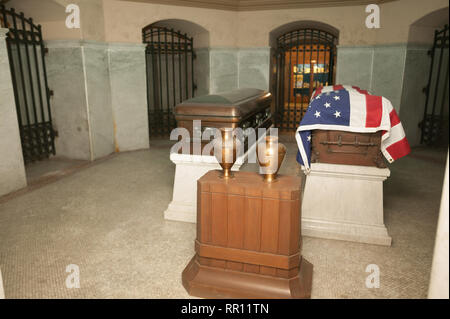
The train was met in Washington by the Chief Justice, Garfield’s entire cabinet, and Presidents Grant and Arthur. At Princeton, New Jersey, students scattered flowers on the track and then retrieved the crushed petals after the train had passed to keep for souvenirs. Bridges and buildings were draped in black. All along the route mourners stood at trackside, heads bowed as the train went by and church bells tolled. Garfield’s oldest son, Harry, had joined his mother and sister in New Jersey and accompanied them on the journey to the capital. on the same train that had transported him to Elberon fourteen days before.

On September 20, 1881, the 20th President’s body returned to Washington, D.C. America had learned a lot about mourning. And sixteen years before Garfield’s death the nation honored and buried its first assassinated president, Abraham Lincoln. Twenty years earlier the nation had been torn by civil war, and more than 700,000 Americans had died. When it was over, they knew how to behave. The whole nation had watched, waited, and prayed with the family. The President had lingered eighty days since the shooting, and newspapers across the country carried reports of his condition day by day.

His 80-year-old mother, Eliza, had been in northeast Ohio for the past three months staying with family members. Garfield’s older sons, Hal and Jim, were at Williams College in Massachusetts, and the younger boys, Irvin and Abram, were at home in Mentor, Ohio with an aunt and uncle. A few close friends and a number of doctors were also in the room.

At his bedside at a seaside resort in Elberon, New Jersey, were his wife, Lucretia, and his daughter, Mollie. James Abram Garfield died at about 10:45 on the evening of September 19, 1881, 200 days after he had been inaugurated the 20th President of the United States. The White House was draped in black mourning adornments after President Garfield’s death.


 0 kommentar(er)
0 kommentar(er)
